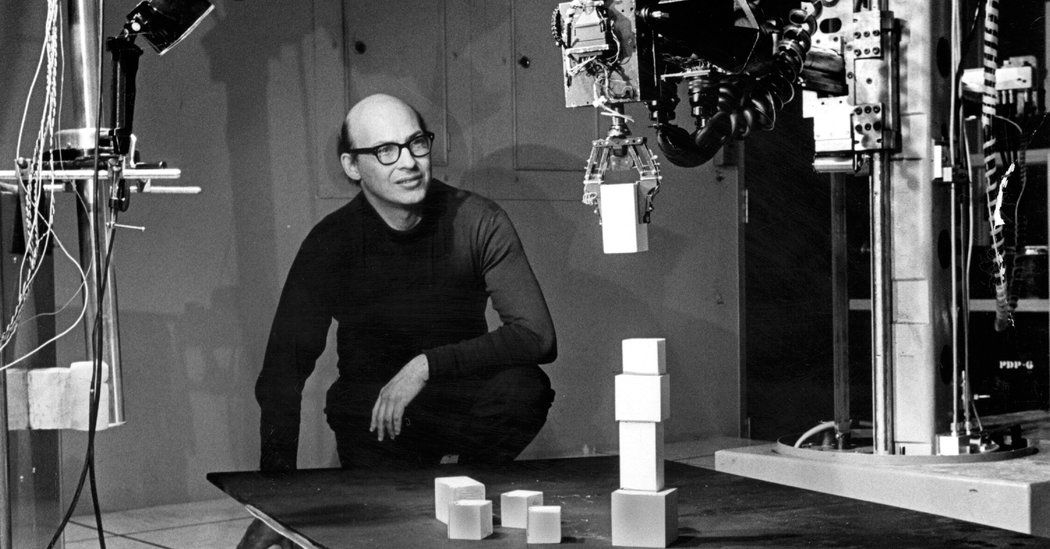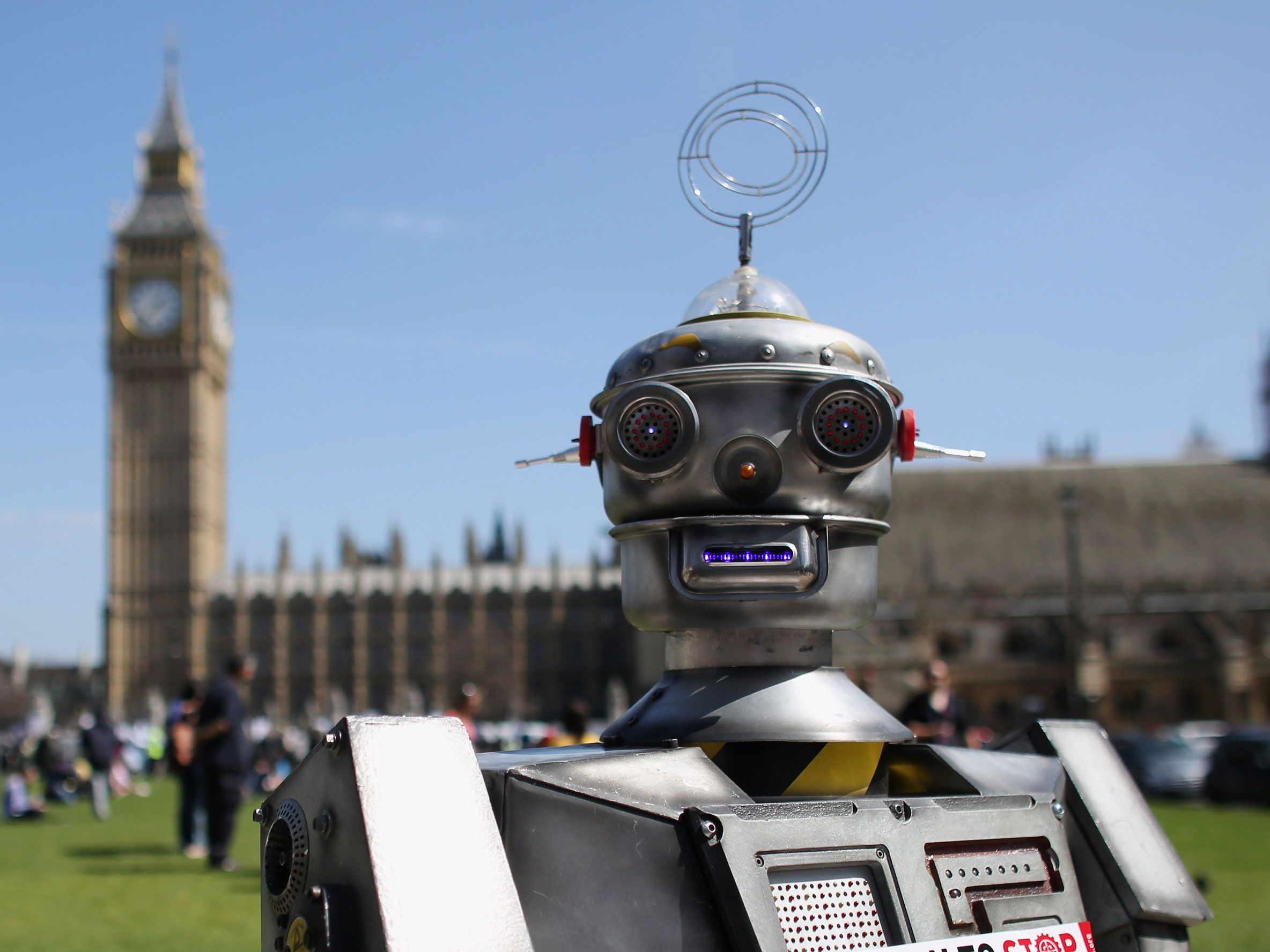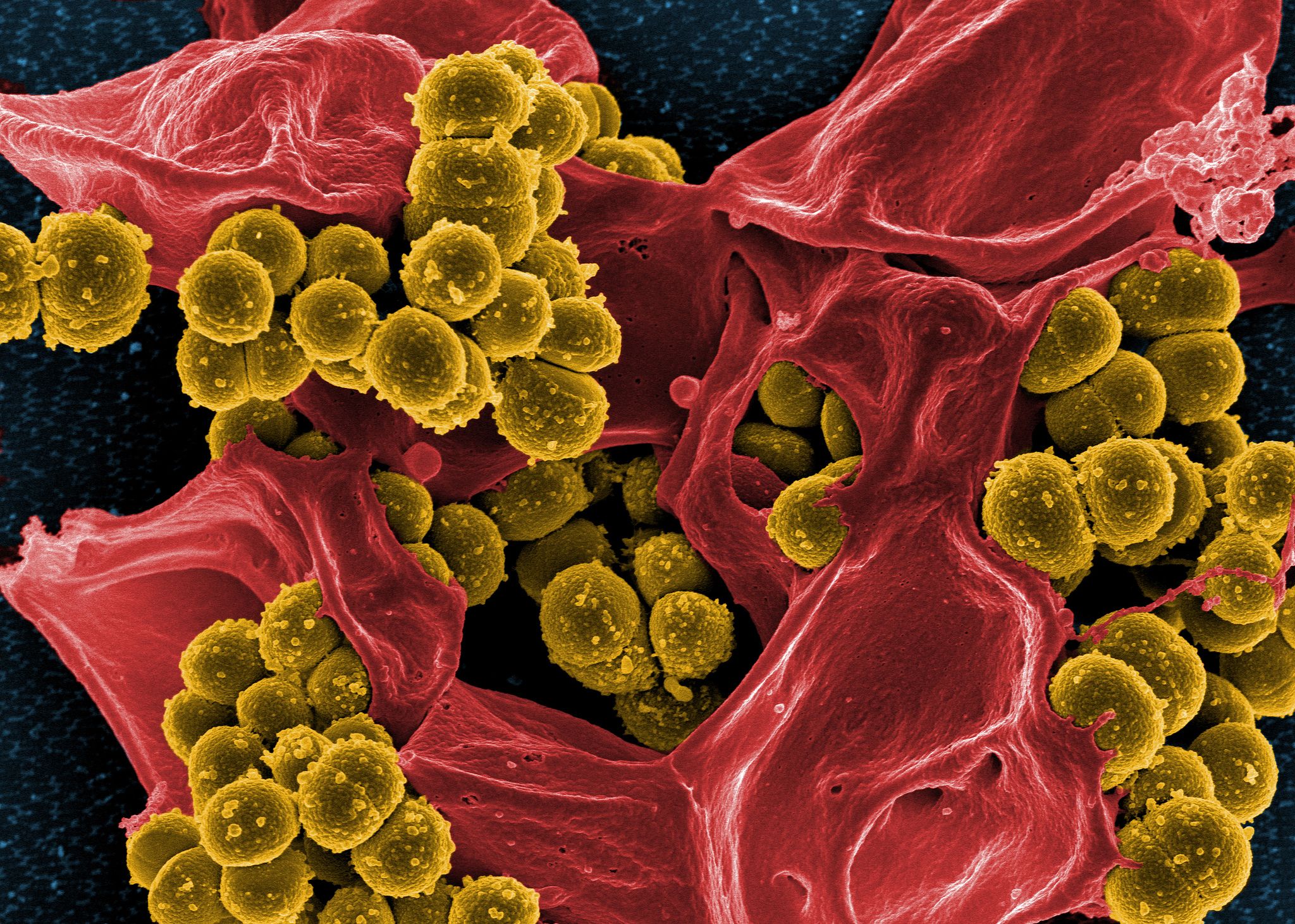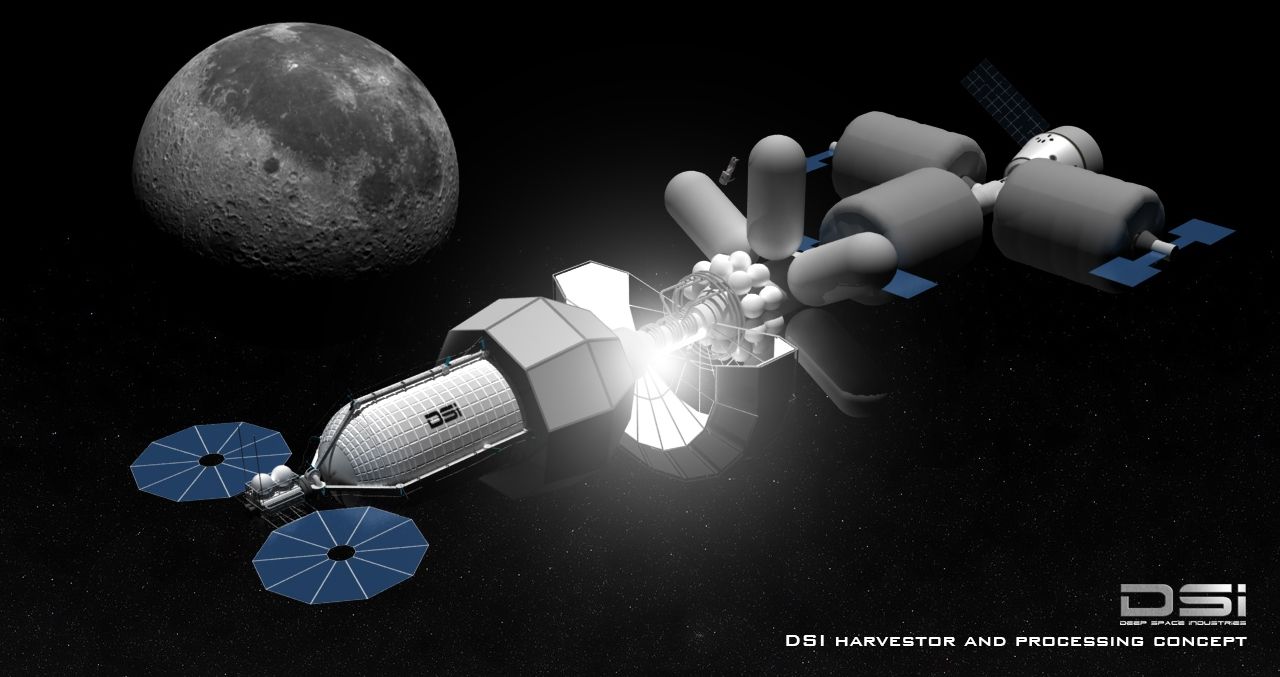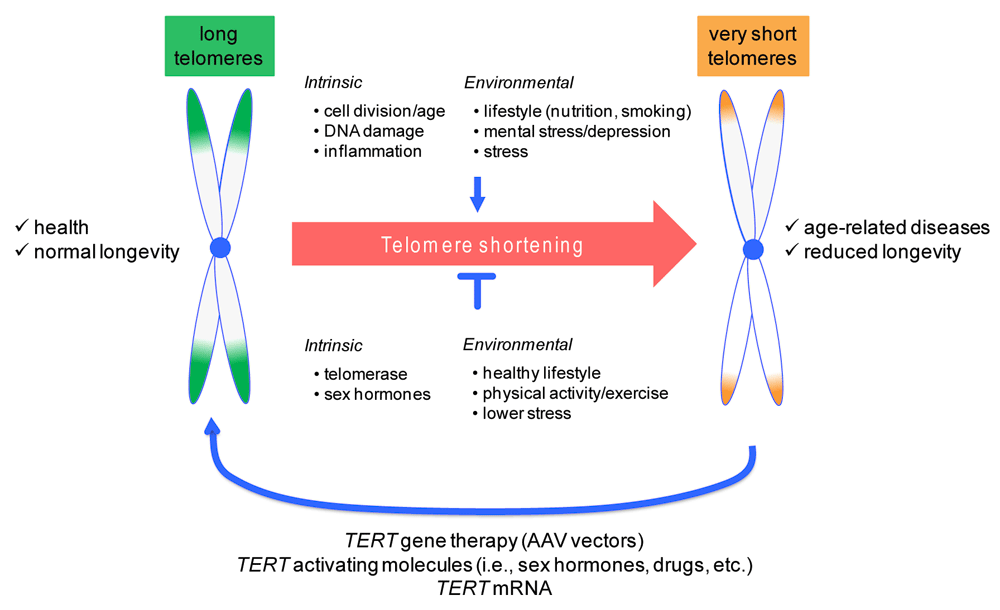So, here is a question that many AI experts are and have been asking themselves for a while; “as humans create robots and have other humans; what will the world look like when Humanoid Robots and other types of robots create their own?”
NASA is in the process of developing a humanoid robot that could help astronauts in risky and extremely hazardous expeditions in the future.
The six-feet tall, 131.5 kg heavy humanoid robot called R5 will work as a ready-to-assist machine in every dangerous task of the utmost importance during long-lasting journeys beyond the Earth, Astrowatch.net reported on Sunday. The robot was previously known as Valkyrie.
“NASA is counting on robots to set up and care for deep space exploration facilities and equipment pre-deployed ahead of astronauts. Robots are also excellent precursors for conducting science missions ahead of human exploration,” Sasha Congiu Ellis of NASA’s Langley Research Centre in Hampton, Virginia, said.

